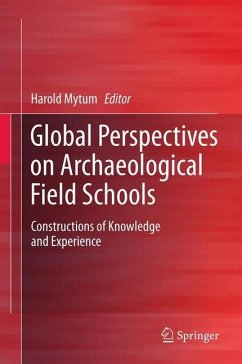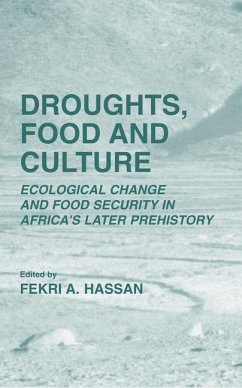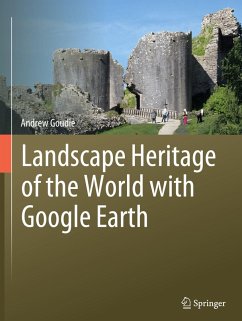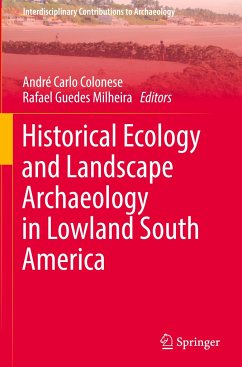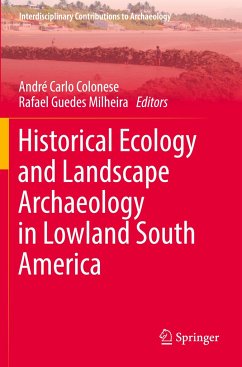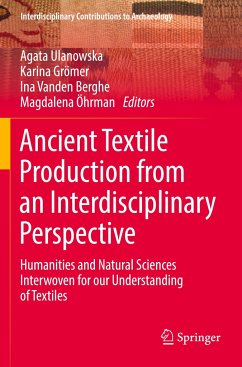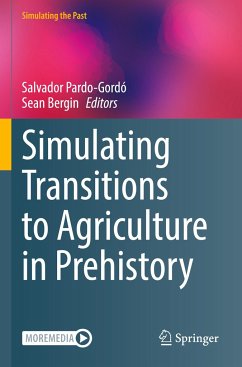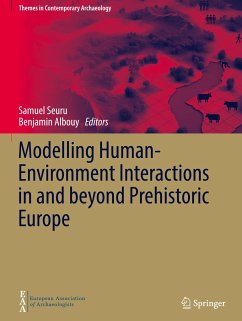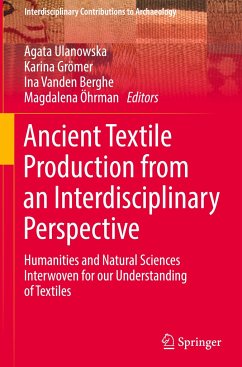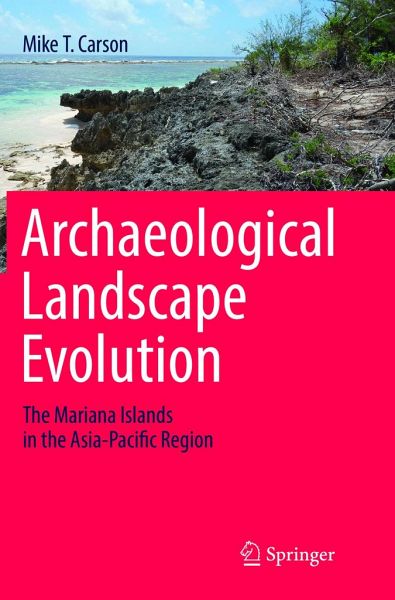
Archaeological Landscape Evolution
The Mariana Islands in the Asia-Pacific Region
Versandkostenfrei!
Versandfertig in 6-10 Tagen
38,99 €
inkl. MwSt.
Weitere Ausgaben:

PAYBACK Punkte
19 °P sammeln!
Landscapes have been fundamentalto the human experience world-wide and throughout time, yet how did we as humanbeings evolve or co-evolve with our landscapes? By answering this question, we can understand our place in the complex,ever-changing world that we inhabit.Thisbook guides readers on a journey through the concurrent processes of change inan integrated natural-cultural history of a landscape. While outlining the general principles forglobal application, a richly illustrated case is offered through the MarianaIslands in the northwest tropical Pacific and furthermore situated in a largerA...
Landscapes have been fundamentalto the human experience world-wide and throughout time, yet how did we as humanbeings evolve or co-evolve with our landscapes? By answering this question, we can understand our place in the complex,ever-changing world that we inhabit.
Thisbook guides readers on a journey through the concurrent processes of change inan integrated natural-cultural history of a landscape. While outlining the general principles forglobal application, a richly illustrated case is offered through the MarianaIslands in the northwest tropical Pacific and furthermore situated in a largerAsia-Pacific context for a full comprehension of landscape evolution atvariable scales. The author examines whathappened during the first time when human beings encountered the world's RemoteOceanic environment in the Mariana Islands about 3500 years ago, followed by acontinuous sequence of changing sea level, climate, water resources, forestcomposition, human population growth, and social dynamics. This book provides a high-resolution andlong-term view of the complexities of landscape evolution that affect all of ustoday.
Thisbook guides readers on a journey through the concurrent processes of change inan integrated natural-cultural history of a landscape. While outlining the general principles forglobal application, a richly illustrated case is offered through the MarianaIslands in the northwest tropical Pacific and furthermore situated in a largerAsia-Pacific context for a full comprehension of landscape evolution atvariable scales. The author examines whathappened during the first time when human beings encountered the world's RemoteOceanic environment in the Mariana Islands about 3500 years ago, followed by acontinuous sequence of changing sea level, climate, water resources, forestcomposition, human population growth, and social dynamics. This book provides a high-resolution andlong-term view of the complexities of landscape evolution that affect all of ustoday.





